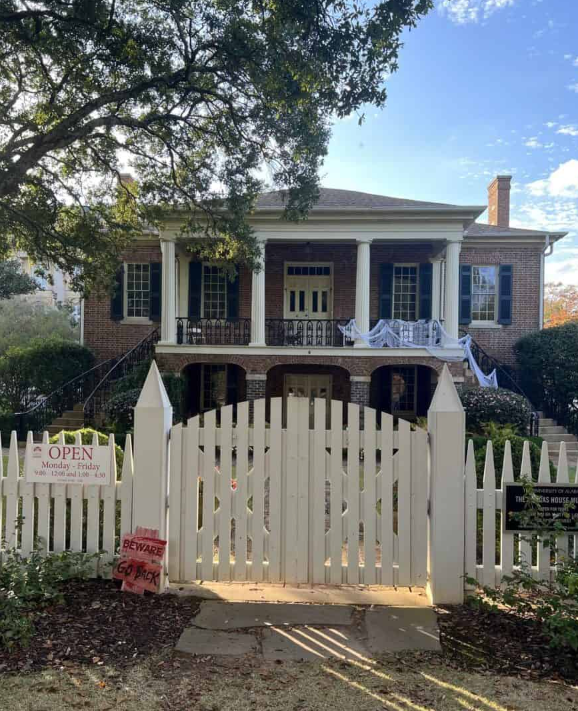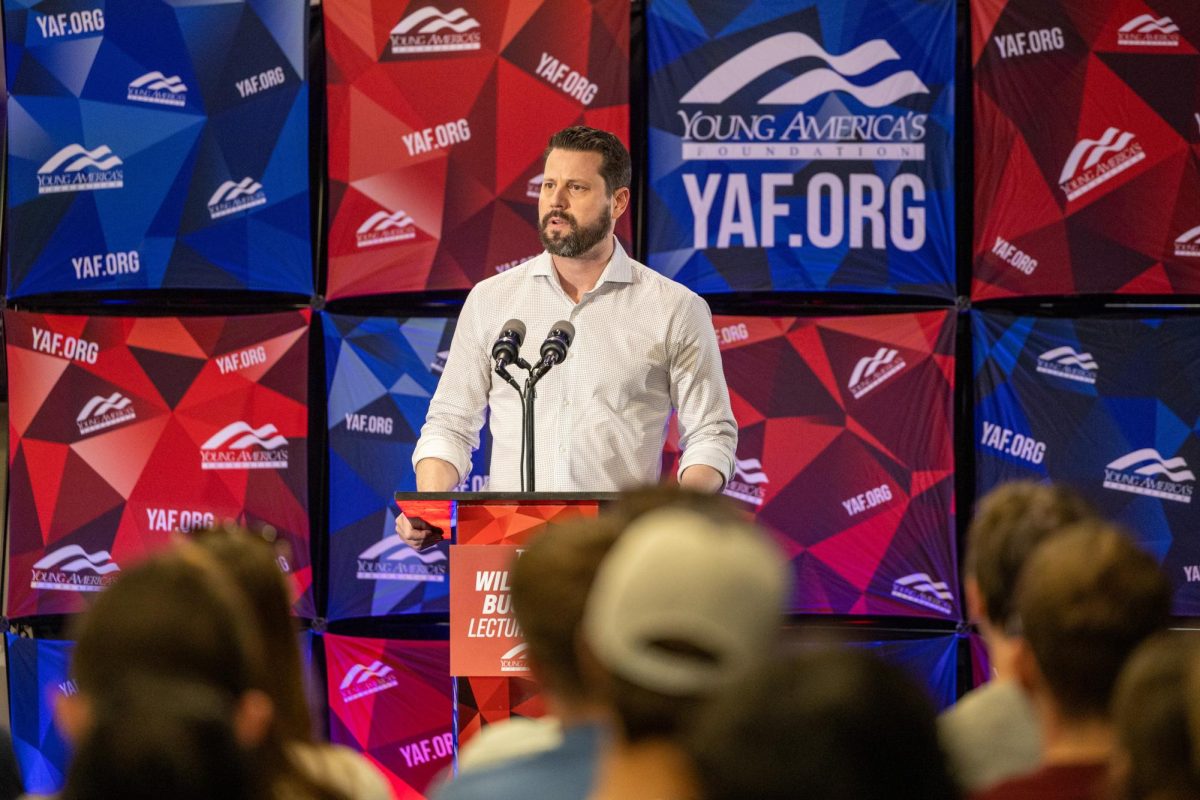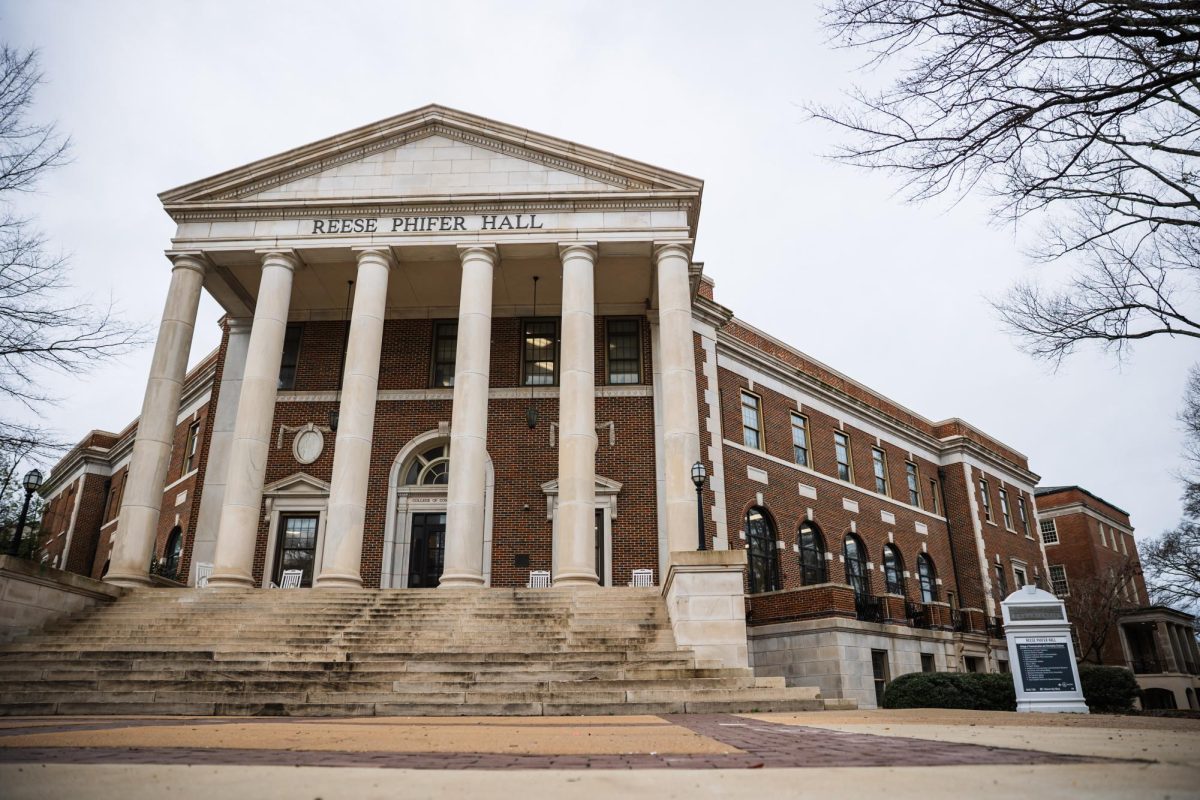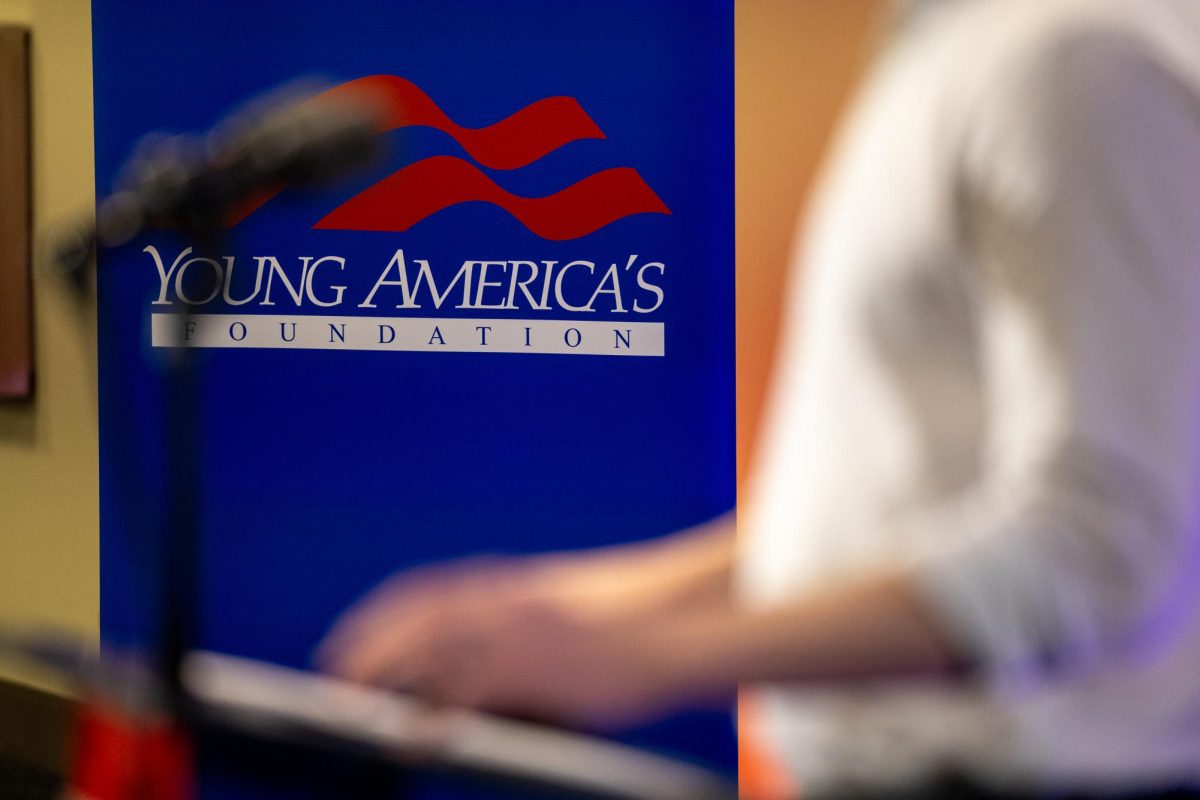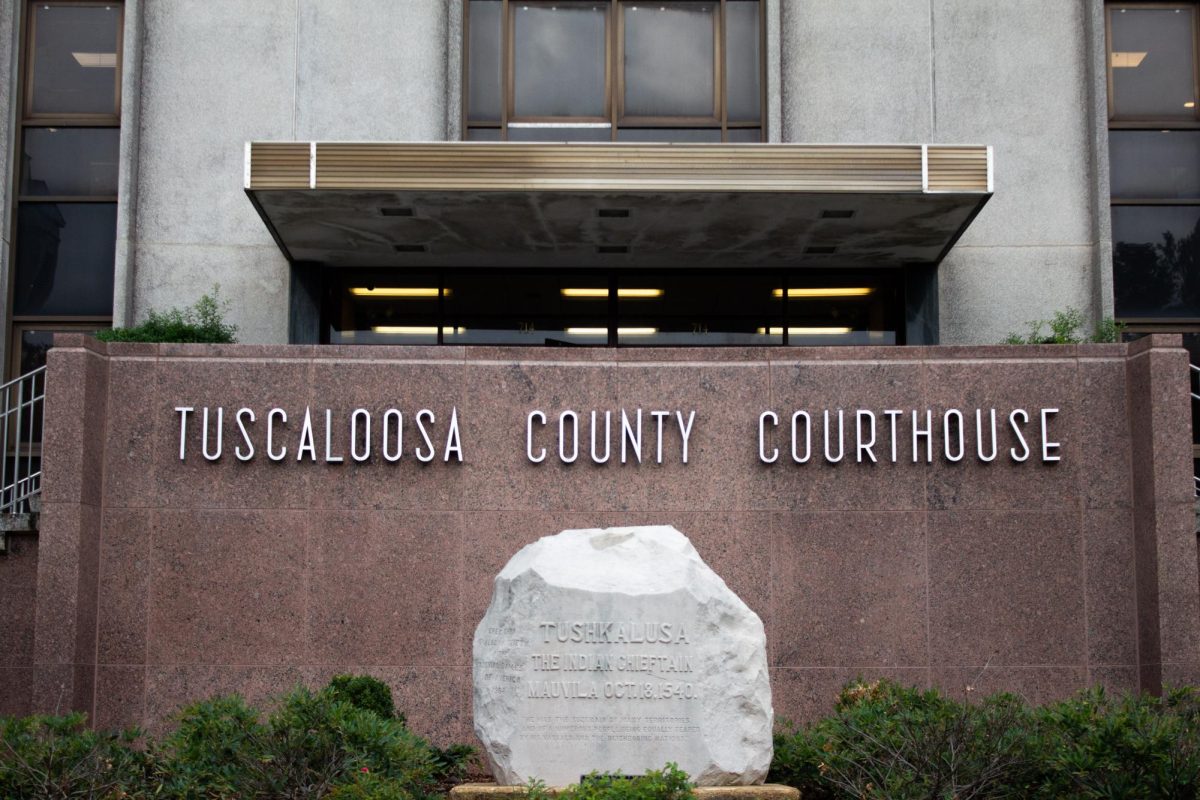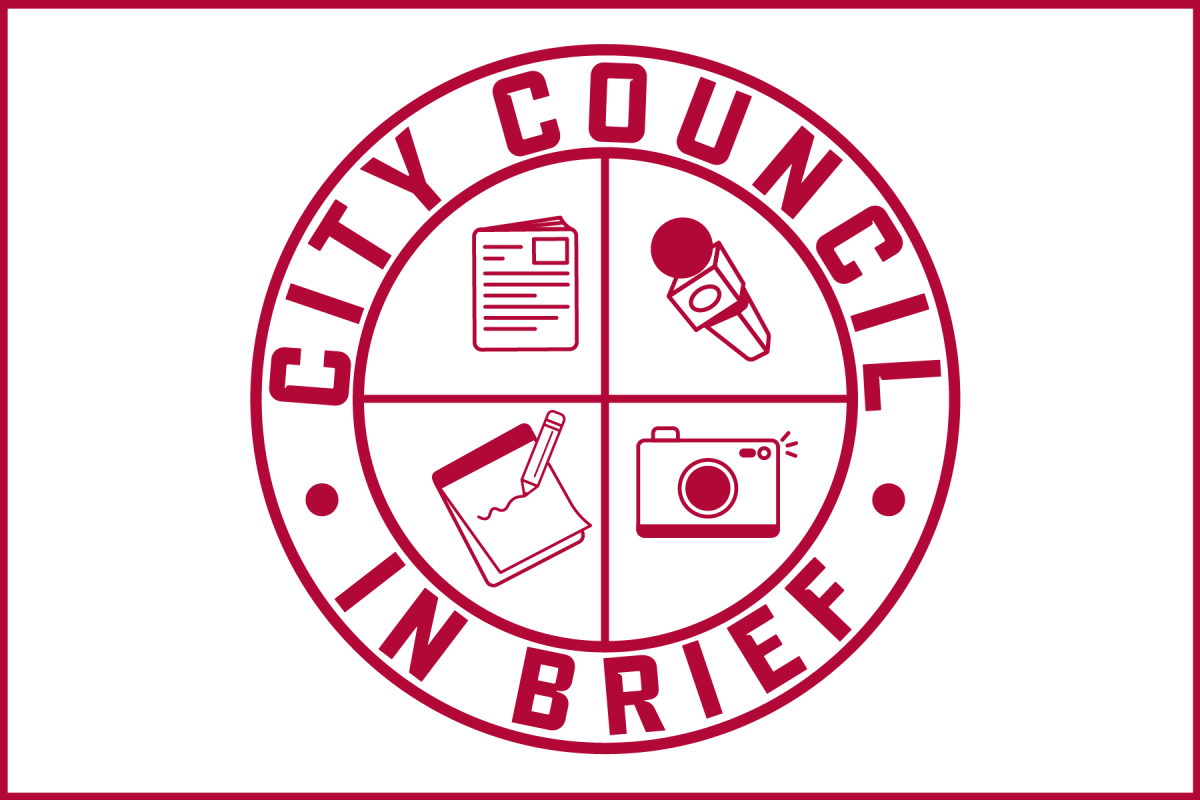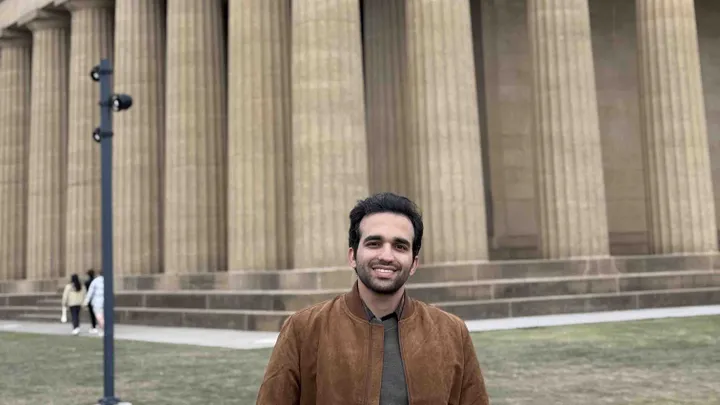History and hauntings converged at The University of Alabama on Wednesday, as the annual Haunting at the Museum event brought out families and thrill-seekers of all ages.
Dim lighting, costumed characters and eerie Victorian decor transformed the Alabama Museum of Natural History and the Gorgas House Museum into a walk-through experience of Alabama’s supernatural past and Victorian-era mourning traditions.
From 6:30 to 8:30 p.m., ghost stories from the 1800s paired with cryptid and fossil exhibits set a chilling stage.
Visitors were captivated by Mourning Matters, a first-time exhibit at the Gorgas House, showcasing the customs of an era when grief wasn’t just an emotion — it was a way of life.
Created by two master’s students in religious studies, Mourning Matters recreated the intense mourning practices of the 19th century. With its draped black decor, the Gorgas House guided guests through customs followed in the decades after the Civil War, from dress codes to household decor.
“Mourning used to be a very visible thing,” said Sonya Harwood-Johnson, director of the Gorgas House Museum. “They decorated their homes in black for years, wore black head-to-toe and even bordered their letters in black. When you saw someone, you immediately knew they were grieving, and people responded with understanding.”
The exhibit featured historical letters from the Gorgas family, adding a personal dimension to the experience. Volunteers read aloud letters recounting family losses, letting guests feel the raw grief of a bygone time.
One letter revealed Amelia Gorgas’ heartache as she mourned her husband, Josiah. “These letters are word-for-word accounts,” Harwood-Johnson said. “You could feel Amelia’s pain talking about the loss of her husband. It’s not just history — it’s personal.”
Alabama Museum of Natural History’s theme, Creepy Cryptids & Fantastic Fossils, blended Alabama’s natural history with a supernatural twist, celebrating both the research conducted on campus and the scientific collections housed at the museum.
“We wanted our community to see the significance of research on campus, the size of our collections, and why discovery matters,” said Kristin Harrell, the museum’s education outreach coordinator.
The team aimed to engage visitors with Alabama’s biodiversity, geology and cultural folklore. “Events like this let us show the stories behind our specimens, connecting the public to our collections in a new way,” Harrell said.
Partnering with the Gorgas House Museum added a historical dimension to the exhibits, blending Alabama’s past with current scientific exploration. Highlighting the state fossil, Basilosaurus — an ancient 60-foot marine predator resembling a massive, serpentine whale — drew links between ancient lore and science.
“This connection to legend and folklore with a scientific and historical base invited people to ask, ‘Where have we been, and where are we now?’” Harrell said.
The event reached beyond Halloween, inspiring a sense of wonder about Alabama’s past, present and future.
“I hope visitors see the museum come alive, feel curiosity about our history and are motivated to keep learning about Alabama’s biodiversity, geology and folklore,” Harrell said.
Harrell added that the event let visitors experience exhibits in a new light, with “living history facilitators” guiding them through historical ties and past discoveries.
“The Gorgas House is the heart of campus,” Harwood-Johnson said. “We love engaging with the public, and Halloween gives us the chance to inspire people to keep preserving history.”



